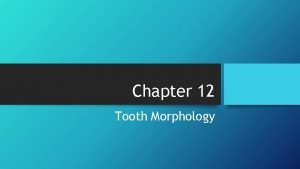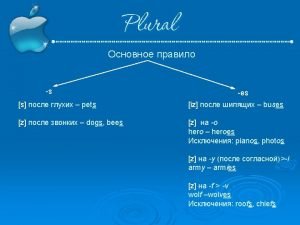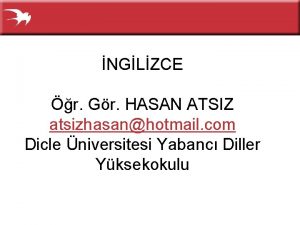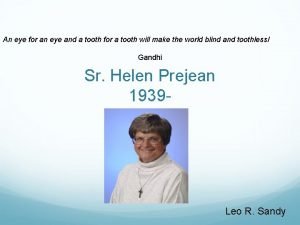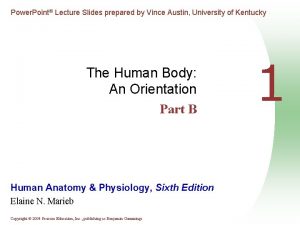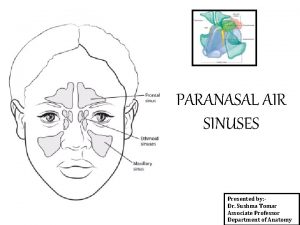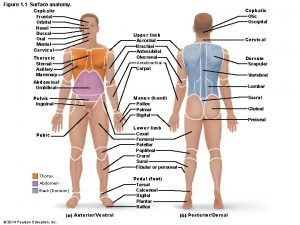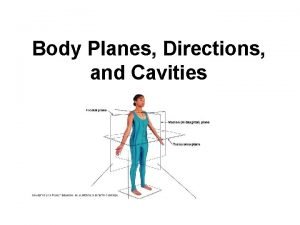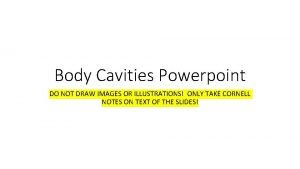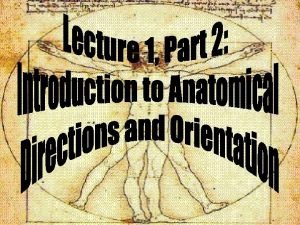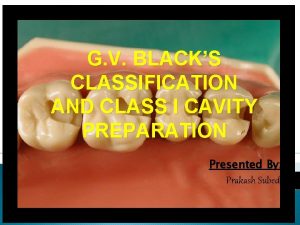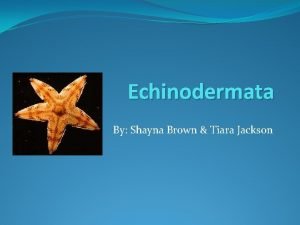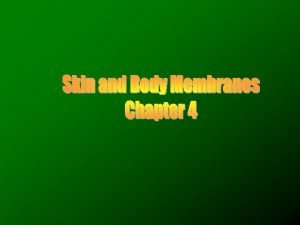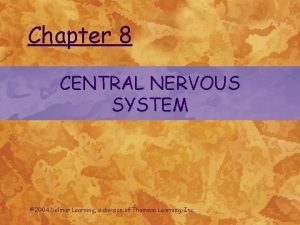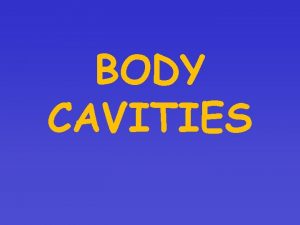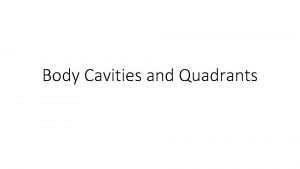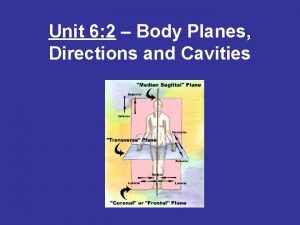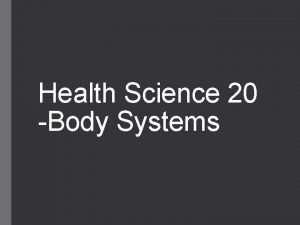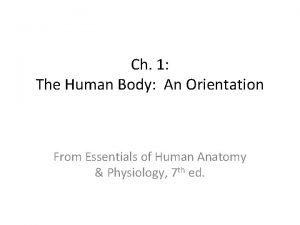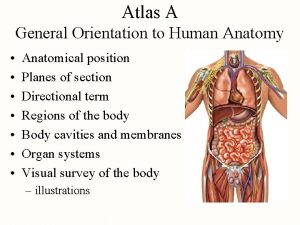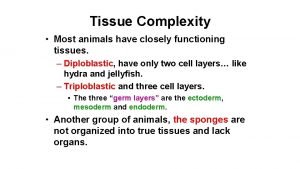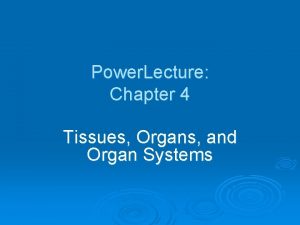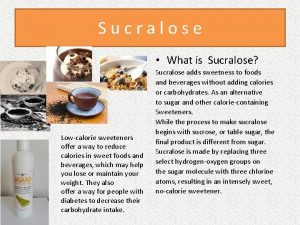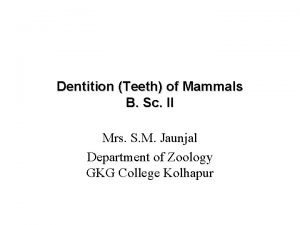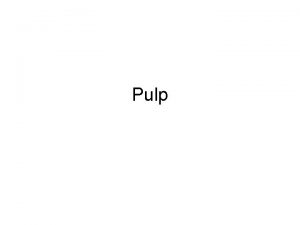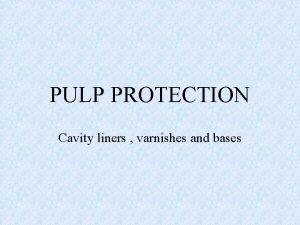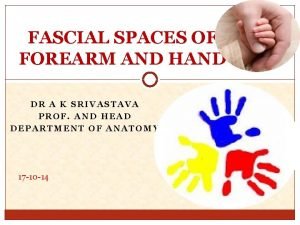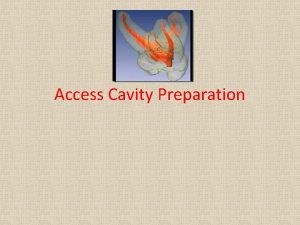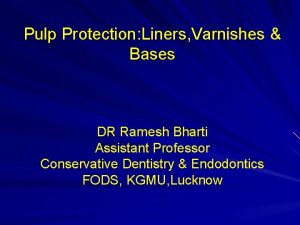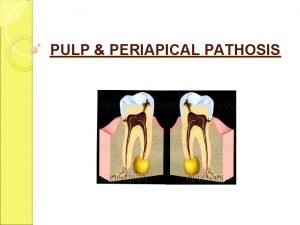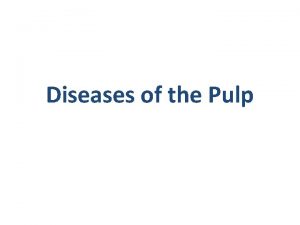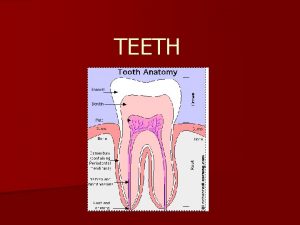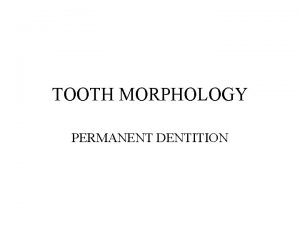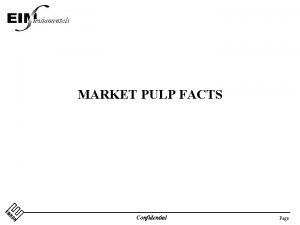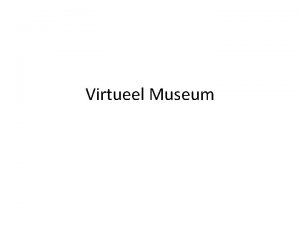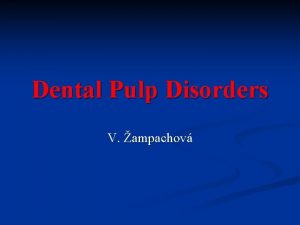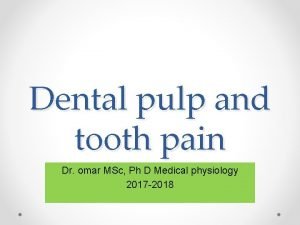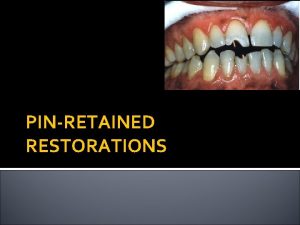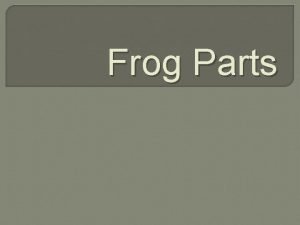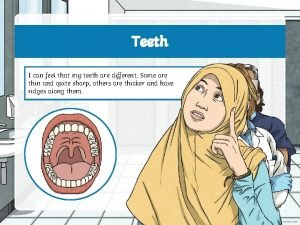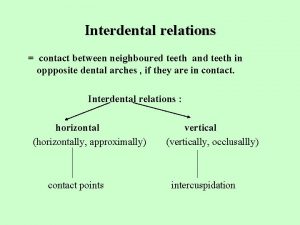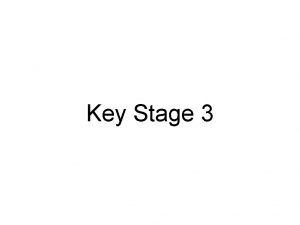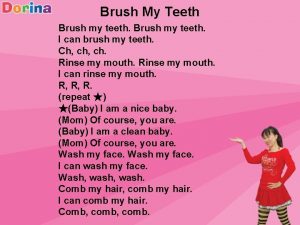Pulp cavities of permanent teeth Tooth structure Tooth











































- Slides: 43

Pulp cavities of permanent teeth

Tooth structure Tooth consist of 2 parts: • crown • root Crown: is the visible part Root: the part that is embedded in the jaw (not visible)

Tooth structure • Enamel: The hardest, white outer part of the tooth

dentin • Dentin: A layer underlying the enamel. It is a hard tissue • Forms most of tooth structure

Tooth structure • Cementum: A layer of connective tissue that binds the roots of the teeth firmly to the gums and jawbone • pulp

Tooth structure

What is mean dental pulp?

• Dental pulp is a loose connective tissue has a soft, gelatinous consistency • It is like heart of tooth

Function of pulp • Nutritive: transportation of nutrient into dentin • Sensory: mediation of pain sensation • Defensive/reparative: formation of reparative dentin in response to irritation • Formative: formation of dentin

Where is pulp found • Pulp cavity: It is the central space in the dentin contain the dental pulp and housed it • Enclosed entirely by dentin except at apical foramen

Pulp cavity • Divided into: q Coronal • pulp chamber • Pulp horn q Radicular (pulp canal)

Pulp chamber • Is that portion of pulp cavity located in crown

Pulp chamber • Projections extend from the corners of pulp chamber into cusps

Pulp chamber

Pulp chamber • Roof: consist of dentin covering the chamber occlusaly • Pulp horn: projection of the roof under a cusp or developmental groove • Floor: consist of dentin parallel to roof • Canal orifice

Pulp cavity • Outline of pulp chamber correspond to shape of crown which it is housed • Outline of pulp canal correspond to shape of roots


Radicular pulp • Pulp space: Portion of pulp cavity from canal orifice to apical foramen

Classification of pulp canals

: Type I One canal extending from pulp chamber to the apex

: Type II Two canals arise from pulp chamber and joining into one short of the apex

Type III • Two separate canals from orifice to apex , exit the root as separate foramina

Type IV • One canal leaving the pulp chamber and divides into two separate canals at apical third with separate apical foramina

Apical foramen • It is the constricted opening near the apex of the root through which the blood supply and nerves pass

Lateral canal • Is a lateral branch of root canal

Delta system • Complex system formed by breaking up of the root canal into multiple tiny canals

Pulp cavities of individual teeth

Maxillary incisors • Pulp chamber wider mesiodistally than buccolingually • Central incisor has three pulp horns corresponding three mamelones • has wider pulp cavity than lateral • Pulp chamber cross section is triangular

Mamelons • protuberances which are present on the cutting edge of an incisor tooth when it first erupts through the gum.

Maxillary lateral incisor • Pulp chamber smaller than central • Has 2 pulp horns conform mamelones

Mandibular incisors • Outline of pulp cavity conform to the crown • 2 pulp horns • Cross section: oval • Pulp cavity of lateral larger than central • Usually one canal but 2 canals also found

Maxillary canine • Widest pulp chamber in mouth labiolingually • One pulp canal, one horn • Cross section oval or triangular • Labioligually: chamber pointed incisally, cervically wide till middle then narrow to the apex

Mandibular canine • Similar to maxillary canine but less dimension

Maxillary first premolar • Labiolingual: • Wide pulp chamber • Two root canals • Buccal horn higher than lingual • Cross section: kidney shape • Mesiodistal: • Canal narrow to apex

Maxillary first premolar • Two pulp horns one under each cusp

Maxillary second premolar • One root and one canal • 2 roots are possible • 2 canals in single root possible • 2 pulp horns • Cross section: oval

Mandibular first premolar • The pulp cavity of this tooth consists of two pulp horns each pulp horn is located within a cusp • The buccal pulp horn is higher • Majority one canal but 2 possible • Cross section: oval, rectangular, round or triangular

Mandibular • Similar to 1 st premolar with increased dimension • 2 -3 pulp horns depend on number of cusps • One root • One canal nd 2 premolar

Maxillary 1 st molar • Cervical cross section is rhomboidal • 3 roots, each root one canal • Mesiobuccal root may have 2 canals • Cross section: canals triangular

Maxillary 1 st molar • Has 4 pulp horns, mesiolingual is the highest

Maxillary 2 nd molar • Similar to first molar • 2 canals in mesiobuccal not common • Orifices of canals much closer

Mandibular 1 st molar • Cross section rectangular • 5 pulp horns • 3 canals, sometimes 4 canals, mesial root has 2 canals

Mandibular 1 st molar • • Ø • • Mesial root has 2 canals one buccal and one lingual Distal root one large canal Mandibular 2 nd molar Similar to 1 st molar but has 4 pulp horns Cross section: triangular
 Chapter 12 tooth morphology fill in the blank
Chapter 12 tooth morphology fill in the blank Enamel rods in primary vs permanent teeth
Enamel rods in primary vs permanent teeth Plurals tooth
Plurals tooth Tooth во множественном числе
Tooth во множественном числе Zoo çoğul hali
Zoo çoğul hali An eye for an eye a tooth for a tooth sister act
An eye for an eye a tooth for a tooth sister act Pulp fiction three act structure
Pulp fiction three act structure Jhuma biswas
Jhuma biswas Body cavities labeled
Body cavities labeled The anterior and posterior body cavities
The anterior and posterior body cavities Middle meatus drainage
Middle meatus drainage Hypochondriac region
Hypochondriac region Body planes directions and cavities
Body planes directions and cavities Thoracic cavity and abdominal cavity
Thoracic cavity and abdominal cavity Body cavities labeled
Body cavities labeled Anatomical position palms
Anatomical position palms Thyroidoctomy
Thyroidoctomy Gv black cavity classification
Gv black cavity classification Echinoderm body cavity
Echinoderm body cavity Chapter 7.2 body planes directions and cavities
Chapter 7.2 body planes directions and cavities Lines body cavities
Lines body cavities The brain contains four lined cavities called
The brain contains four lined cavities called Chapter 7.2 body planes, directions, and cavities
Chapter 7.2 body planes, directions, and cavities Body cavities and quadrants
Body cavities and quadrants The coronal plane divides the body into
The coronal plane divides the body into Health science 20
Health science 20 Major body cavities
Major body cavities Major body cavities
Major body cavities Animal body cavities
Animal body cavities Ventral cavity
Ventral cavity Body cavities
Body cavities What is sweeteners
What is sweeteners Eating habits of animals
Eating habits of animals Dental formula of mammals
Dental formula of mammals Zone of weil
Zone of weil Composition of cavity varnish
Composition of cavity varnish Pitkyaranta pulp mill
Pitkyaranta pulp mill Thenar space content
Thenar space content True denticle
True denticle Access cavity definition
Access cavity definition Doramali
Doramali Pulp fiction
Pulp fiction Liners and bases in dentistry
Liners and bases in dentistry Pulp and periapical diseases
Pulp and periapical diseases
